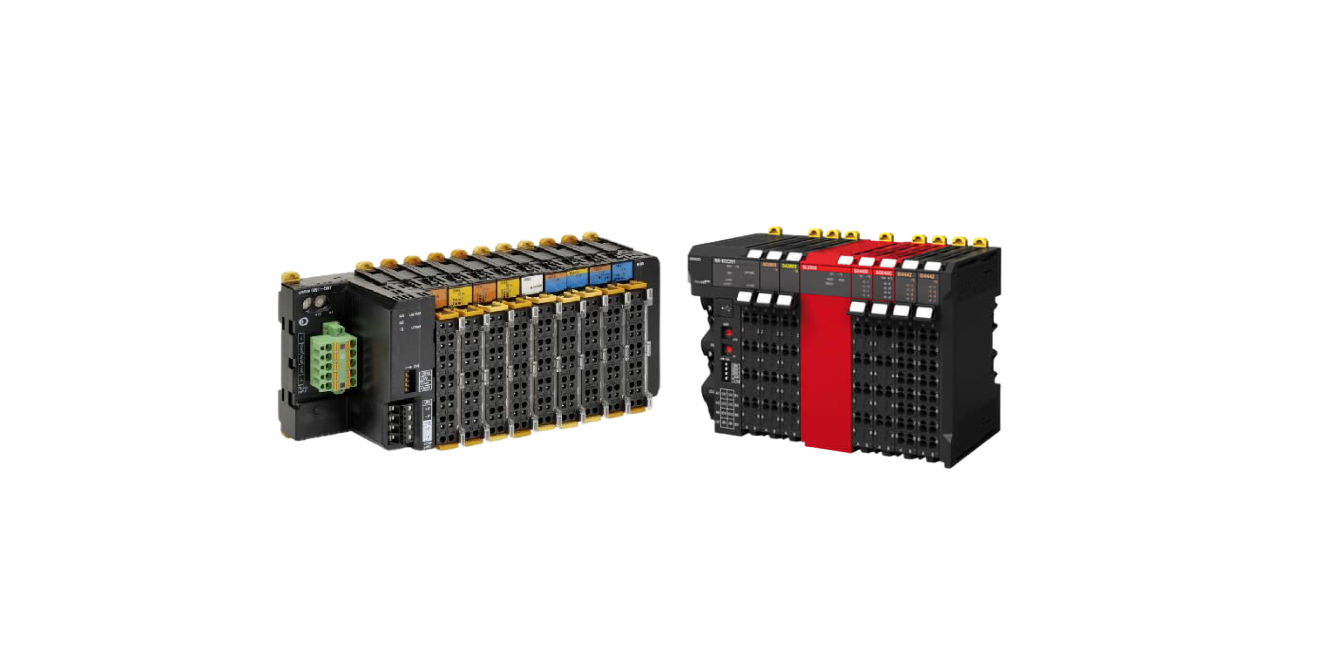Cost-Effective Ownership
Point I/O minimises system costs through its modular architecture, allowing you to add only the I/O channels you need. This scalability reduces upfront investment and ensures you only pay for what you use. Additionally, its low maintenance requirements and proven reliability contribute to a lower total cost of ownership over time.















